February 14, 2023
Developing Empowered, Powerful Product Teams, with Marty Cagan – Part 1
Episode 194 of The Innovation Engine podcast.2 Mins
The Podcast
27 mins
What separates the most successful product companies in the world — Apple, Amazon, Google — from everyone else? It’s a question Marty Cagan has spent the better part of his career exploring, writing about, and seeking to answer. At least part of the answer lies in the fact that many of these highly successful companies follow a model where product teams are empowered to solve problems and deliver outcomes rather than accept requirements and deliver outputs.
Tune in to part 1 of our conversation with the renowned product guru and best-selling author of Empowered and Inspired to hear why an outcome-based roadmap beats a solution-based roadmap every time, the importance of being able to not only articulate but demonstrate a compelling product vision, and the one question that any good product vision should be sure to answer directly.
The Difference Between Empowered Product Teams & IT Teams
Marty believes that in most companies, product teams exist to serve the business, whereas in strong product companies, they exist to serve customers in a way that benefits the business. He came to this realization while working at HP Labs, a division that was widely recognized for its innovative culture at the time. With the aim of assisting other companies and teaching them to work like the best, he concentrated on the crucial role of product teams.
Many leaders believe they should drive the work of product teams based on their own hypotheses around what features to build, but Marty has seen time and time again that this approach is destined to fail. To get through to those executives, he suggests they look at the data from the past years’ roadmaps and assess how many of the things they did actually worked out. The biggest fundamental reason for this failure is that stakeholders don’t know what’s technically possible, Marty says. He suggests that a different way of working would be to mimic the approach of Steve Jobs, who said in essence, “We don’t hire engineers so we can tell them what to build. We hire them to show us what’s possible.”
One way to solve any alignment issues around where product teams should focus are outcomes-based roadmaps, which are rarely implemented despite their utility. Why? Stakeholders often feel the pressure to make promises to customers, their board, etc. with a roadmap. The roadmap, therefore, gets filled with solutions rather than problems. Stakeholders would be far closer to solving the actual issues if they were to put problems instead of solutions on the roadmap.
The (Selective) Power of Product Vision
For all the talk in the product world of the importance of product vision, Marty believes a product vision is only necessary for companies that have chosen to work in a way where product teams are truly empowered. Otherwise, it will be demotivating to team members when they see they’re merely continuing to work on whatever items stakeholders have deemed to be most important.
The product vision, for companies who’ve committed to the product model, helps explain the overall puzzle to each team working on a piece of it. It should answer one simple question in no uncertain terms, “How does this product make its customers’ lives better?” Please see the SVPG site for a number of real-world examples of product visions that have stood the test of time, including Airbnb, Apple, Asana, Dropbox, HubSpot, and SpaceX.
Stay Tuned for Part 2
This conversation goes so deep that we had to split the episode up into two parts. Listen to the next episode for the second half of our conversation with Marty Cagan. You’ll learn more about what sets the most innovative companies apart from the rest, how companies can find the delicate balance between meeting the needs of their customers and stakeholders, and the role of a strong product vision in doing so.
About Marty Cagan
Marty Cagan has been a renowned product leader for decades. He’s a founder and partner at the Silicon Valley Product Group and is the author of two influential books, Empowered: Ordinary People, Extraordinary Products and Inspired: How to Create Tech Products Customers Love. He has been a prominent figure in Silicon Valley for years, having previously served as an executive responsible for defining and building products for some of the most successful companies in the world, including Hewlett-Packard, eBay, and Netscape. Over the past two decades as the founder of Silicon Valley Product Group, Marty has established himself as a leading advocate for building customer-centric, product-focused organizations.
Episode Highlights:
- How the process of designing and releasing products is different in the world’s best companies
- Why you should create roadmaps that emphasize problems for product teams to solve instead of solutions for them to implement
- Understanding the nuance of how and when to employ user research to inform a product team’s work
- The difference between a company mission and product vision — and why it matters
Resources:
- Learn more about Marty Cagan and Silicon Valley Product Group at svpg.com
- Learn more about Marty’s latest book, Empowered: Ordinary People, Extraordinary Products
- Learn more about Marty’s first book, Inspired: How to Create Tech Products Customers Love
- Connect with Marty on LinkedIn
- Follow Marty on Twitter
About The Innovation Engine
Since 2014, 3Pillar has published The Innovation Engine, a podcast that sees a wide range of innovation experts come on to discuss topics that include technology, leadership, and company culture. You can download and subscribe to The Innovation Engine on Apple Podcasts. You can also tune in via the podcast’s home on Spotify to listen online, via Android or iOS, or on any device supporting a mobile browser.

 The Revenue Cycle Playbook:
The Revenue Cycle Playbook: